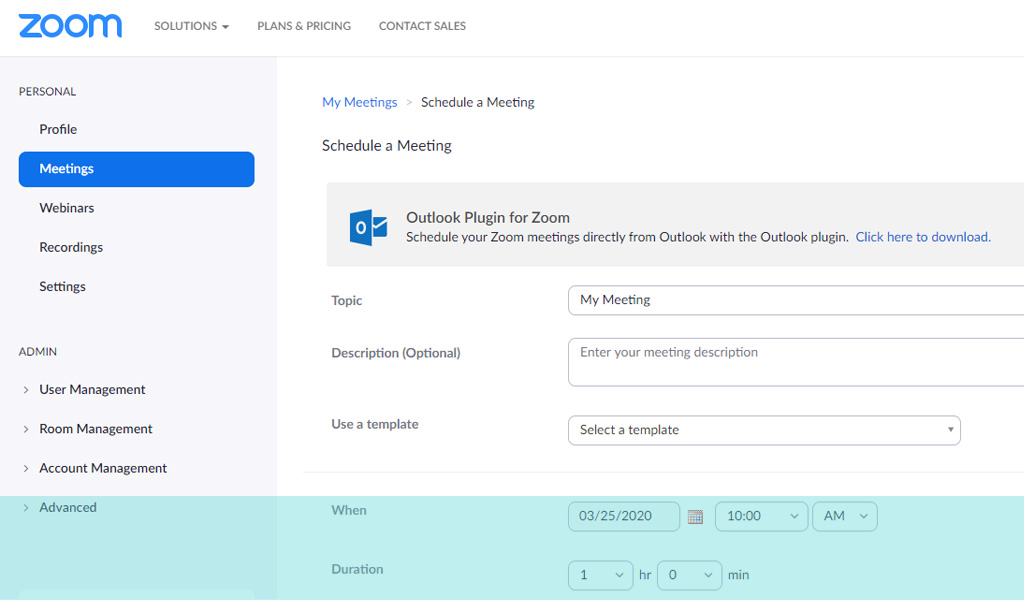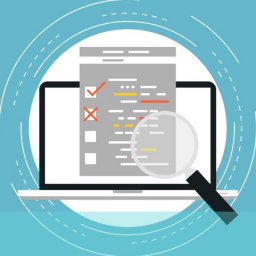
At UX247, we do a lot of remote UX research, and one of the tools we use regularly is Zoom. Zoom is a cloud based video conferencing software that is popular because it is easy to use and utilizes quite low bandwidth.
If you are considering using Zoom for your remote UX research, here are a few tips that will help you:
Mute participants
When you set up your session you have the option to “mute participants on entry”. This is important as it means the people viewing are unable to interrupt the session.
Record the session
A valuable feature built in to Zoom is the ability to record the session. You also have the ability to automatically record the session to your local computer. That is one less thing to think about!
Waiting room
Sometimes people will arrive early for a session and be live when the moderator logs in. To avoid this, use the waiting room feature. This gives the “host” control of who joins the session. It is also useful to ensure only people you have invited join – valuable for GDPR compliance.
C0-host
When we have two people involved in a project, say a moderator and a note-taker, it is helpful to use the co-host function. Co-hosts can allow participants in, if you are using the waiting room. That is very handy if clients join mid-way through, they can record and they can share screens.
Templates
Finally, if you are going to use Zoom a lot, with very similar configurations, use the template feature. This allows you to create and then select a template when you schedule the session and all your settings are pre-configured.
There are a few other features contained within Zoom, or available as premium features that are useful for different applications, such as when you are using a simultaneous translator, and I will cover those in a future post.
In the meantime, if you would like to know more about using Zoom for remote UX Research, please get in touch on +44(0)800 024624 or email us at hello@ux247.com.


















[…] have written previously about some of the features and functions that make Zoom a valuable tool for conducting remote UX […]